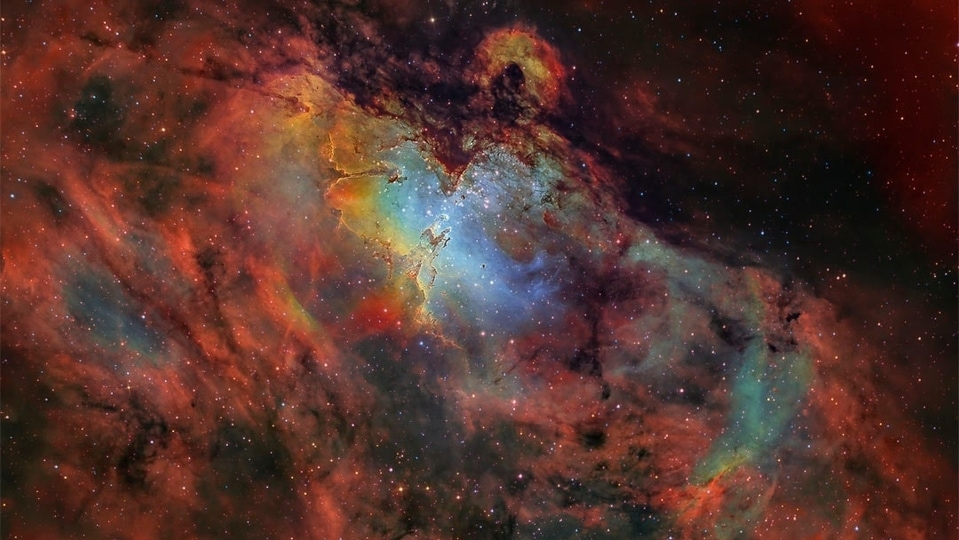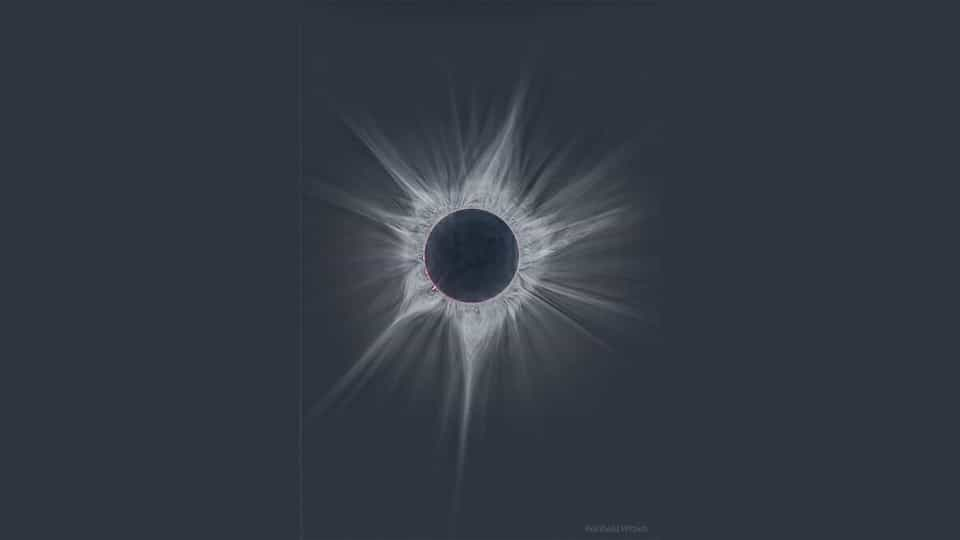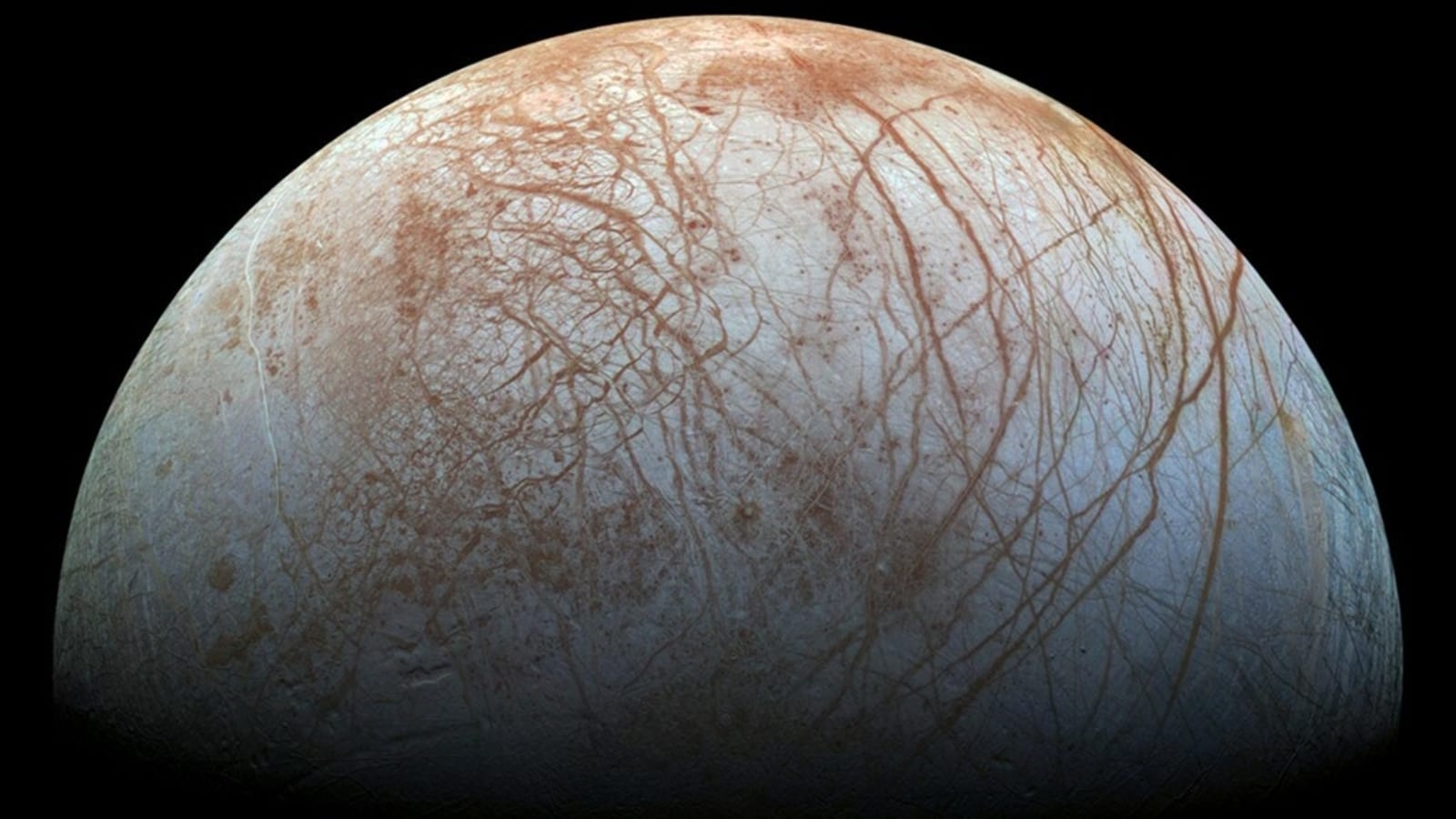NASA Astronomy Picture of the Day 20 May 2023: STUNNING view of Jupiter's Moon Europa
NASA Astronomy Picture of the Day 20th May snaps Galileo's Europa moon which holds the possibility of life beyond Earth.






 View all Images
View all ImagesJupiter is the second planet in our solar system with the most number of moons at 95! Among these, the smallest of Jupiter's four Galilean moons is Europa which is the sixth closest to the planet. Europa is said to be about 90 percent the size of Earth's Moon! If we were to replace our Moon with Europa, it would have a similar apparent size in the sky, but it would be significantly brighter, NASA explains. This is because Europa's surface is composed of water ice that reflects approximately 5.5 times more sunlight than our Moon does. Interestingly, Europa is a popular destination as it has been visited by several spacecraft and more missions are planned in the future.
Today's NASA Astronomy Picture of the Day even brings a stunning view of Europa by Galileo spacecraft. However, this image dates back to the late 1990s when the Galileo spacecraft explored the Jovian system, capturing several amazing images of Europa. The data revealed that beneath Europa's icy surface, there is evidence of a hidden and global ocean. NASA further explains the image that "Galileo's Europa image data has been remastered here, with improved calibrations to produce a colour image approximating what the human eye might see."
Jupiter's Europa: BEST place to explore life beyond Earth
The moon's long curved fractures suggest the presence of liquid water below the surface. Europa's elliptical orbit around Jupiter subjects it to tidal water which provides the necessary energy to maintain a liquid ocean. Although, the more interesting fact is that this energy source may also support life, even in the absence of sunlight, making Europa a promising candidate to look for life beyond our Earth. What types of organisms could thrive in a deep, lightless subsurface ocean? NASA suggests Earth's extreme shrimp serve as a fascinating example.
However, the Galileo spacecraft did not observe any plumes during its exploration in the 1990s. Recent findings from telescopes such as the Hubble Space Telescope and analysis of Galileo spacecraft data have indicated the possibility of water plumes erupting around 100 miles above Europa's surface. Back in November 2019, an international research team, led by NASA, reported the detection of water vapour above Europa's surface.
Catch all the Latest Tech News, Mobile News, Laptop News, Gaming news, Wearables News , How To News, also keep up with us on Whatsapp channel,Twitter, Facebook, Google News, and Instagram. For our latest videos, subscribe to our YouTube channel.





























